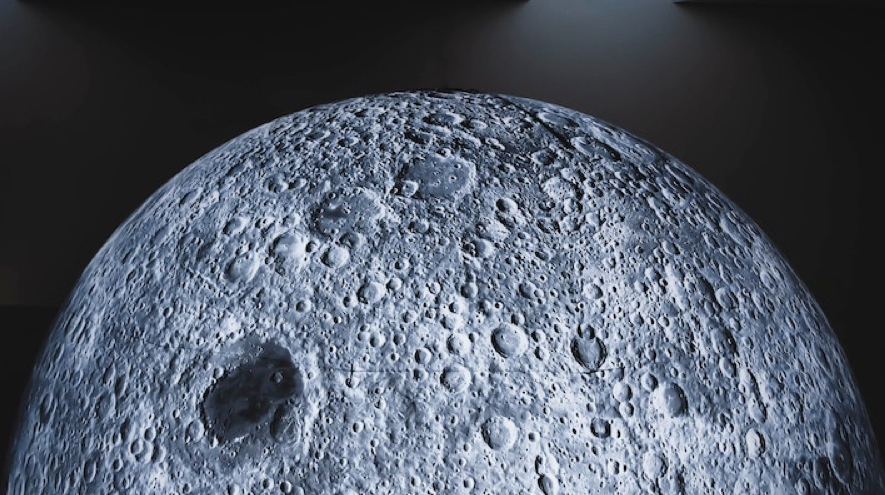
ESA Open Invitation To Tender AO8892
Open Date: 30/03/2017
Closing Date: 25/05/2017 13:00:00
Status: ISSUED
Reference Nr.: 17.155.02
Prog. Ref.: Fut.Mis.Prep.
Budget Ref.: E/E104-E5 – Fut.Mis.Prep.
Special Prov.: AT+BE+CZ+DK+EE+FI+FR+DE+GR+IE+IT+LU+NL+NO+PL+PT+RO+ES+SE+CH+GB+SI+CA
Tender Type: C
Price Range: > 500 KEURO
Products: Satellites & Probes / Payloads / Instruments / InfraRed instruments / Telescopes, ¿
Satellites & Probes / Payloads / Instruments / Optical Instruments / Infrared spectroscopy
Techology Domains: Optics / Optical System Engineering / Overall Optical System Definition, Design and Engineering
Establishment: ESTEC
Directorate: Directorate of EO Programmes
Department: Science, Appl & Future Technologies Dept
Division: Future Missions Division
Contract Officer: Wesolowski, Szymon
Industrial Policy Measure: N/A – Not apply
Last Update Date: 30/03/2017
Update Reason: Tender issue
Thermal InfraRed (TIR) imaging from Earth Observation satellites has been demonstrated to be a turnkey technique underpinning a wide range of remote sensing products and applications. High spatial resolution TIR imagers are currently flying on Landsat-7 and Landsat-8, but observing only in one and two TIR bands respectively. Possible future missions incorporating TIR imagers include NASAs Landsat-9, planned for launch in 2020, NASAs HyspIRI, proposed to be launched in 2022, and a CNES-ISRO mission currently under discussion with a potential launch in 2024/2025. High spatial resolution TIR observations over land and coastal zones are missing in the current European capabilities. Besides land applications (e.g. for agriculture and food security) and applications related to coastal zones monitoring, thermal sensing is also relevant to meteorology and climate studies. TIR multi-spectral observations with frequent revisit, spatial resolution of 50 m or better and radiometric performance suited to estimate land surface temperature and crop water stress have been confirmed as one of the priorities for the Copernicus Space Component evolution, as expressed recently in the EC Copernicus Agriculture and Forestry Applications User Requirements Workshop (http://www.copernicus.eu/events/copernicus-agriculture-and-forestry-applications-user-requirements-workshop). The objective of the two parallel studies (max. value per study: 450 k) isto define the system architecture of a future operational Thermal InfraRed imaging system at high spatial resolution to meet observation needs over land and coastal areas. Several scenarii shall be investigated, such as flying in formation with Copernicus Sentinel-2 satellites, TIR and VNIR-SWIR instruments collocated on the same satellite and concepts with an increased number of TIR spectral bands for simultaneous retrieval of land surface temperature and land surface emissivity. Various orbit configurations shall be explored to optimize temporal coverage of the areas of interest and different local times for applications that are highly sensitive to the diurnal cycle. Programmatic elements such as development approach and schedule, and ROM cost estimates shall be defined. Critical technologies and required pre-developments shall also be identified
If you wish to access the documents related to the Invitation to Tender, you have to log in to the ESA Portal.
